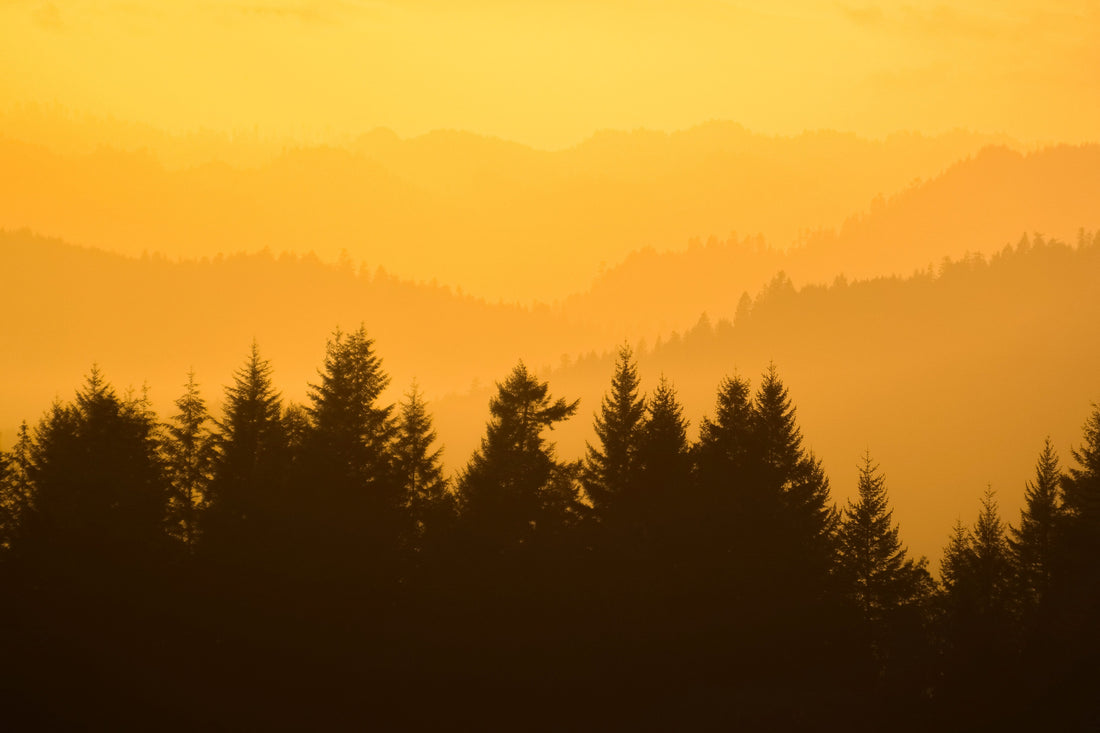Forests and natural forests
Forests have various formation processes, and each has its own name. The names artificial forest and natural forest are synonymous with forests. Each has a beautiful landscape and has been closely related to people's lives, such as supply of timber resources, disaster prevention, tourism and leisure, and water resource recharge.
However, the area of forests is declining worldwide, and there are problems such as climate change and destruction of ecosystems, and in Japan, there are problems such as leaving artificial forests due to the decrease in forestry workers. ..
Definition of forests and natural forests
Since planted forests and natural forests are used as antonyms, their meanings may change depending on the position and situation. When an artificial forest after planting or logging is naturally renewed, it may be called a secondary forest / natural forest, or it may be included in the natural forest.
What is an artificial forest?
FRA (World Forest Resource Assessment) 2020 According to the report, planted forests are defined as forests in which trees established by planting or sowing have priority. Forests are further divided into plantations and other forests.
Plantations, also known as tropical plantations, are large-scale plantations that grow a single crop of international trade value in the climatically blessed tropical and subtropical regions. The main crops are rubber trees, oil palms, bananas, coffee and cacao.
The plantation started from the colonial slavery in the first place, but it has many problems such as the humanitarian problem of cheap labor employment in the area, large-scale deforestation, and illegal logging.
There are two types of artificial forests in Japan: those for the purpose of harvesting timber as industrial and building materials, artificial forests for the purpose of preventing natural disasters such as windbreaks, tide forests and sand-proof forests, and fuelwood forests. Appropriate management is required for each, but in recent years, artificial forests left unattended due to a decrease in forestry workers and unknown forest owners have become a social problem, causing sediment disasters.
What is a natural forest?
Forests where trees by natural regeneration are prioritized over artificial forests managed by human hands are called natural forests. It is a general term for primeval forests, and in some cases natural forests and natural forests.
Of these, virgin forests are forests that have not been touched by humans in the past and have no traces of major natural disasters. , Limited to a few areas.
A natural forest is a forest in the process of transition that has undergone natural regeneration after logging and natural regeneration assistance work. Forests with little human influence and advanced succession are sometimes called natural forests. Natural forests ・ Sometimes they are called natural forests for the first time when they reach the climax, and sometimes they are collectively called, and they are used flexibly.
Transition of planted forests and natural forests
The forest area in the world is about 40 hundred million ha In all land 30 %, About of these 7 % Has become forests, and forests are increasing mainly in Asia and Africa. Although, 20 ~ twenty one The rate of deforestation over the century is remarkable, 1990 ~ 2020 Of year 30 In a year 1 hundred million 7800 Ten thousand ha Was lost. If this tendency is not stopped, twenty five Years later 28000 Species are extinct, 100 It is said that all rainforests will disappear in a year.
Transition of natural forests in Japan
Japan's forest rate is higher than the world's deforestation trend 70 Almost flat at%, OECD Second only to Sweden and Finland among the member countries 3 Rank. It is a blessed country where you can enjoy the diverse nature of the steep terrain, along with the humid climate from the subtropical zone to the subarctic zone, which is long from north to south.
The lush green landscape is beautiful, and the primeval forests such as Shiretoko, Yakushima and Shirakami Mountains, which are representative of natural forests, refresh the mind and body of visiting tourists.
Don't miss the beauty of well-managed forests. Tenryu Sugi in Nagano Prefecture, Owase in Mie Prefecture, and Yoshino Cedar in Nara Prefecture are said to be one of Japan's three major beautiful forests.
Transition of Japanese forests
About the ratio of artificial forests to the forest area in Japan 40 %. With the reconstruction after World War II, the past 50 It increased significantly over the year. That much 15 About% of the natural forest has been lost. Nevertheless, the timber self-sufficiency rate is low and Heisei 14 In the year 18.8 It has dropped to%. This is the result of relying on cheap imported materials without considering the forests of their own country. It goes without saying that the mass imports have lowered the proportion of natural forests in the world.
After that, although the timber self-sufficiency rate has picked up somewhat, the aging of forestry workers and the difficulty of business profits have led to a shift away from forestry. Abandoned forests are regarded as one of the causes of sediment disasters and pollinosis.
History of Japanese forests
The first full-scale artificial forest in the history of Japan is said to be the Shimotako Village Forest in Kawakami Village, Yoshino. Tree planting began in the early Edo period and is still old 260 ~ 400 Dozens of year-old cedars and cypress trees stand in a forest, which is a masterpiece. At about the same time as this, the Keicho era ( 1596 ~ 1615 It is said that Keicho Sugi was planted in Chizu Town, Tottori Prefecture. Tree age 400 Reach the year twenty four The giant tree in the book has a divine presence.
Postwar reconstruction and liberalization of timber imports
Coniferous forests that supply wood resources and fuelwood forests that supply energy were indispensable to our daily lives, but energy changes from fuelwood to coal and then to oil and electricity. The fuelwood forest was either left unattended or reborn as an artificial forest as a timber resource. As for the coniferous forest as a timber resource, logging for reconstruction after World War II has expanded rapidly. The supply of newly planted timber has not caught up, and the liberalization of timber imports from overseas has led to a shift away from the forestry industry, leaving it unattended.
Challenges for Japanese forests
1950 ~ 1960 In recent years, when planted forests planted in the 1980s have reached the harvest season, the timber self-sufficiency rate has begun to show signs of increase due to the efforts of forestry workers and government measures. However, the self-sufficiency rate 3 The percentage is OECD The lowest among the member countries. Abandoned reforestation areas that have not been reforested after logging are also conspicuous. The government imposes taxes on thinning in the name of environmental protection, but there are many cases where it is left as it is for subsidies.
Until the bare land becomes a climax forest 200 It is said that it will take more than a year. Although timber-supplying forests do not require that much time, forest growth and environmental protection are inseparable issues and require long-term planning. Even so, it is an era when an unexpected catastrophe, which is said to be the first in the history of observation, may occur and cause blisters. Even the catastrophe can be seen as a reward for leaving the forests abandoned and neglecting nature. Ideally, not only scraps from thinned wood and sawn timber, but also litter and litter should not be wasted.
HAND in HAND Efforts
It is best to make full use of thinned wood that may be cut off and eventually return to the soil, and donate part of the profits to forest conservation activities through the sale of woodwork and wood products. HAND in HAND It is an initiative of. The purpose is not only to avoid wasting limited resources, but also to improve the timber self-sufficiency rate and support sound forestry management. It is a modest ambition for a sustainable earth that is by no means an illusion.




